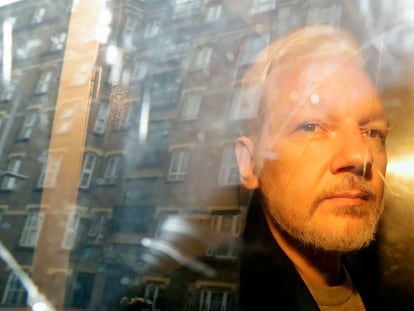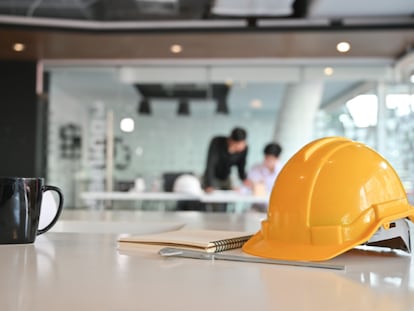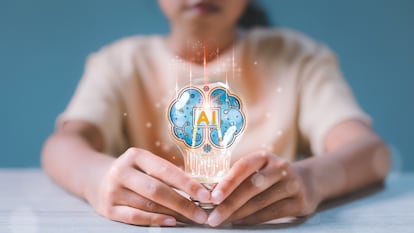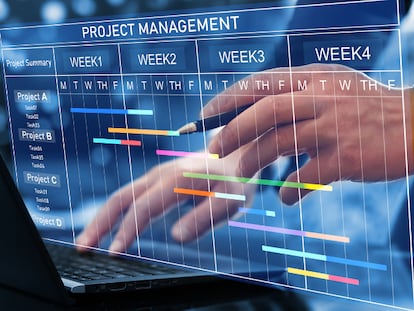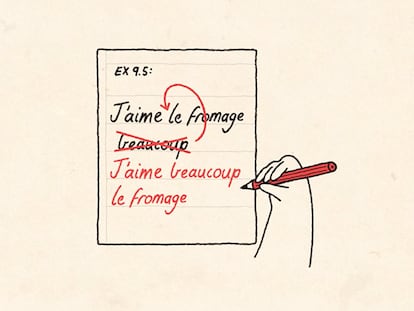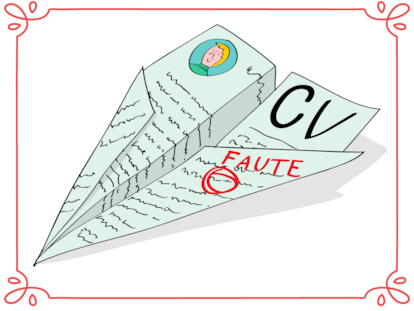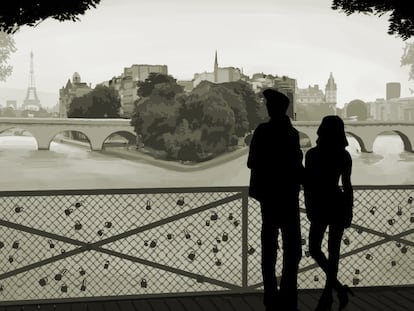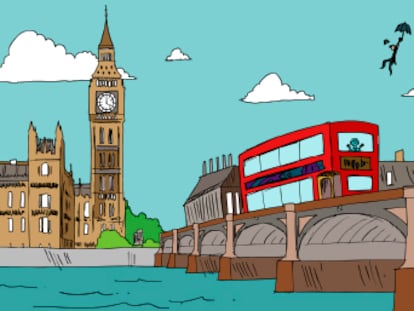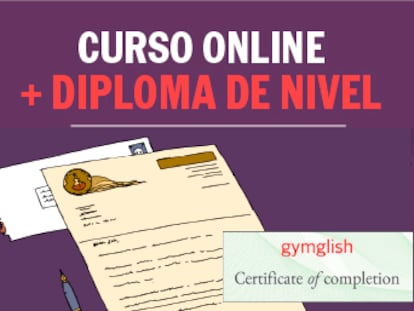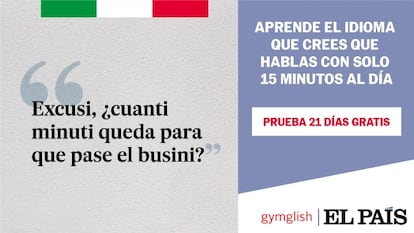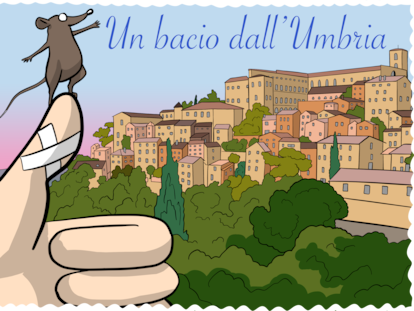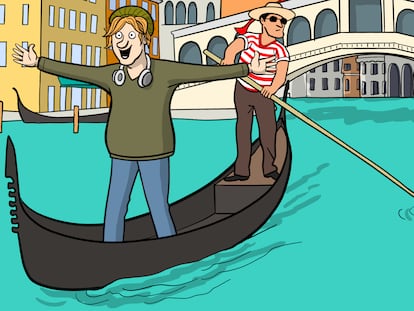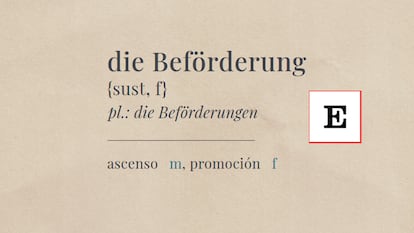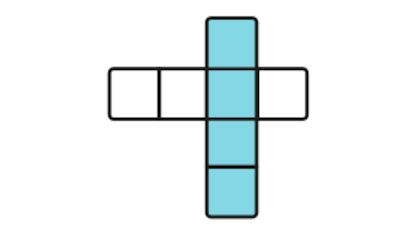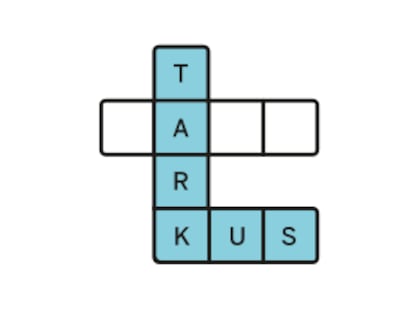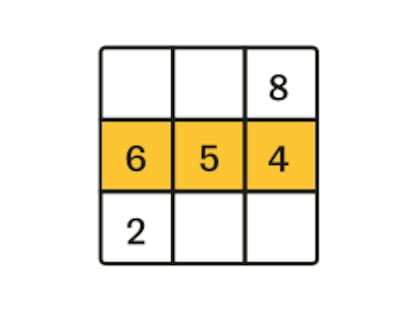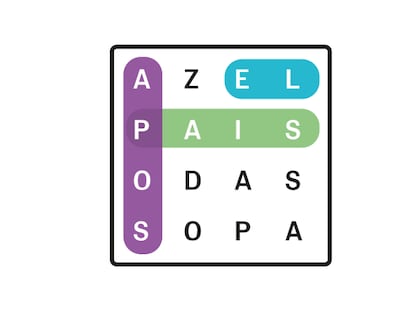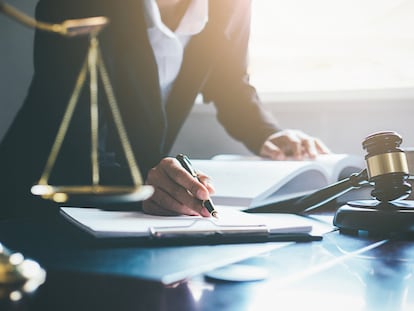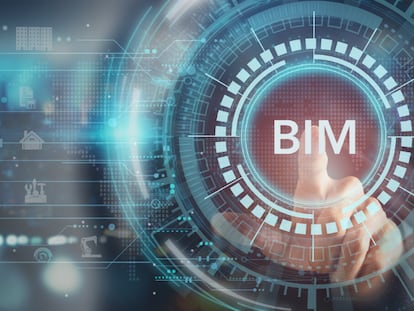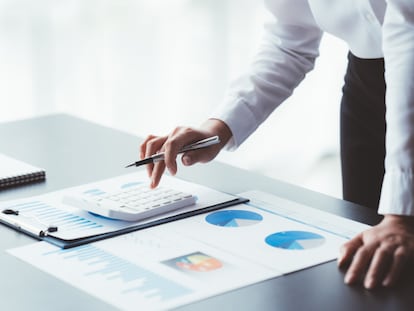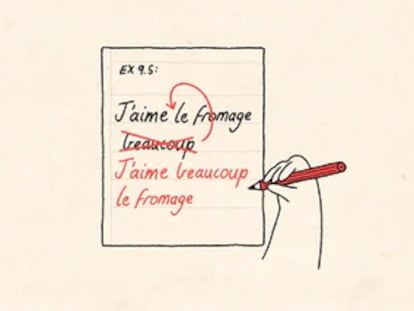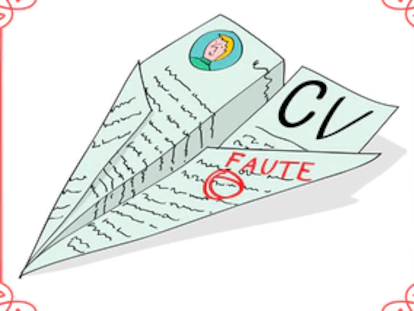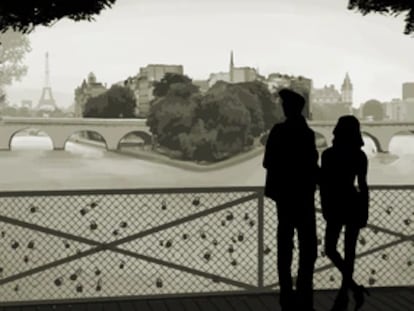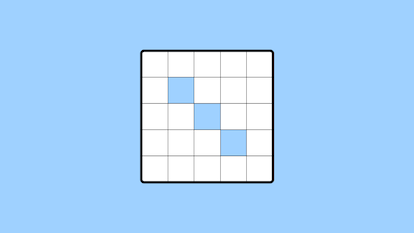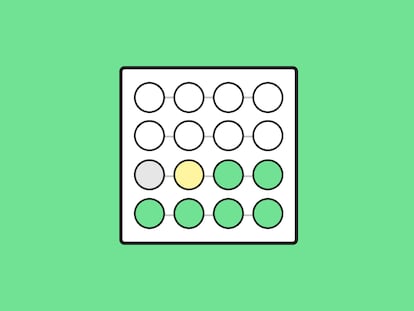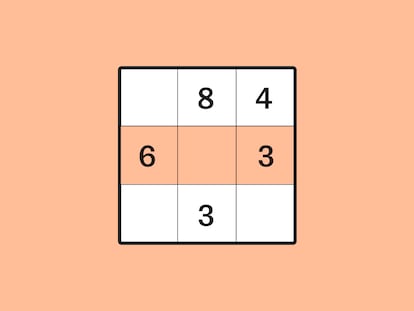Spanish company that spied on Assange allegedly informed CIA about meetings held by Latin American leaders
The owner of UC Global, which held a security contract at the Ecuadorian Embassy in London, also kept intimate images of a diplomat in his safe for alleged blackmail attempt

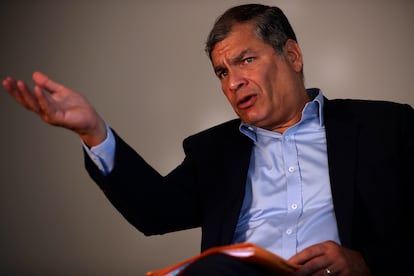
David Morales, owner of the Spanish security company UC Global, S.L., which spied on Julian Assange during the Wikileaks founder’s time at the Ecuadorian Embassy in London, also allegedly spied for the CIA on meetings held in 2018 by the former president of Ecuador, Rafael Correa (2007-2017), with former presidents of Argentina, Brazil and Uruguay - Cristina Fernández de Kirchner, Luiz Inácio Lula da Silva, Dilma Rousseff and José Mujica - according to a new examination of his MacBook laptop ordered by Spanish Judge Santiago Pedraz, who has been investigating Morales for three years.
The ex-military officer had been hired by the Correa government to handle security at the Ecuadorian Embassy, where Assange was taking refuge. Morales ordered his workers to spy on Assange’s meetings with his lawyers, but he also did the same to Correa, especially after he left office, to pass information to his successor and political adversary, Lenín Moreno.
Sofía and Anne, Correa’s daughters, twice had Trojans (viruses disguised as legitimate software) from the company Tradesegur installed on their cell phones - two iPhone 5s delivered by the Spanish company in 2014 - when their father was president. The Trojans allowed full control of their messages and conversations while the young women were studying in France. Their parents were not informed.
According to the new analysis of Morales’ laptop, seized by police after his arrest in 2019, the name “CIA” appears several times on an external hard disk from the brand Western Digital on which he filed the projects and operations in which UC Global participated.
The new finding of the experts who were appointed by Assange’s defense is located inside a folder called North America/USA/CIA/Romeo/Brazil/Argentina/March 2018/Venegas Chamorro/Travel in which the details of the meetings of Correa (who was nicknamed Romeo) with several former Latin American presidents are collected, according to the documentation to which EL PAÍS has had access. The reference to Venegas Chamorro pertains to Amauri Chamorro Venegas, who at the time was the press chief of the former president of Ecuador. On that trip, which took place between March 18 and 24, 2018, Correa was accompanied by UC Global, SL workers who served as his bodyguards. Ecuador’s Presidential Protection Service was obliged to provide security coverage for former presidents and hired the services of the Spanish company, which had already worked for their embassy in the British capital.
Reports in English
The judicial investigation has discovered that, in addition to the reports written about the 2018 trip, Morales wrote other reports in English concerning Correa’s private meetings at his home in Brussels, where he settled after leaving the presidency. Correa ended his relationship with UC Global in May 2019, when one of his bodyguards told him Morales had asked them to draft reports on his meetings and his personal and political activities.
On November 17, 2017, Morales drafted a report in English entitled Brussels Meetings, describing meetings and conversations held by the then former president at his home. The report listed the serial numbers of his iPad and laptop computer. When asked by Assange’s lawyers why this and other emails were written in English, Morales told the court he was trying to “improve the English of his employees.” Among the material seized at the headquarters of UC Global in Jerez de la Frontera (in the southern Spanish province of Cádiz) there are videos of the former Ecuadorian president during meetings with third parties.
The judicial investigation suggests that Morales hedged his bets and offered the information to the highest bidder. The new findings show that among his clients was the government of Lenín Moreno (2017-2021), Correa’s successor.
When Moreno’s government cancelled his security contract for the Ecuadorian Embassy in London, where Assange resided, Morales felt betrayed and confessed to the manager of UC Global in Ecuador that he had been handing over Correa’s private information to his political enemy. " I am the one who is going to talk to the president (...). I have put my job on the line for them (...). They even leaked the things I passed on to them about Correa (...). Do they think I am playing games,” indicate emails intercepted by the investigation. A Dropbox folder called Presidency has been found on his computer. Documents to be delivered to the Presidency, supposedly that of Ecuador. Correa has filed a lawsuit against Morales in the Spanish High Court, the Audiencia Nacional.
Intimate images kept in a safe
Intimate images involving a member of the diplomatic mission stationed at the Ecuadorian Embassy in London have also appeared among the new evidence, on a flash drive hidden inside a safe at the company’s headquarters in Jerez de la Frontera. Despite its incriminating importance, these images were not among the material handed over by the police to Judge Pedraz during the first search of Morales’ devices.
One of the three protected witnesses who have testified in Assange’s complaint against Morales provided the judge with a report including intimate photographs of the diplomat. The photographs were taken from a private hard drive belonging to the diplomat, which was copied one night by a UC Global employee. The intimate material was delivered by Morales in Quito to Bolívar Garcés, director of Senain, Ecuador’s now-defunct national intelligence service, when he was informed that his security contract at the London embassy was going to be terminated. WhatsApp conversations between Morales and his employees suggest he intended to use the photographs as blackmail in order not to lose the contract, which was ultimately awarded to an Ecuadorian company. “I want to use the images to post them. By the way [...] do you have the report that was made? [...] I think you destroyed it, no?” he states in one message. Morales has justified having the images in his possession to a chance finding during a “security analysis” of the diplomat’s computer and said that when he saw the content, he decided to tell Garcés.
The diplomat who appears in the images has sued Morales and declared that the material was on a hard drive he left in his office at the embassy and that he had erased it. “I deleted it many, many years ago. It was on an external disk; I had it at home. I moved the disk to my office at the embassy for a couple of days because I had to save some things on it,” said the victim, who suspects Morales and his team managed to retrieve the deleted files. In his judicial statement, the complainant said he was informed about the material by Garcés, who said that Morales tried to extort him with a report due to the termination of the contract. This alleged extortion attempt was made “not only to Colonel Garcés, but also to the general who was in charge of Senain, other officials, and the vice minister of Foreign Affairs in my ministry,” the victim claims.
New clues in Assange surveillance
The new data dump taken from Morales' laptop has provided fresh clues about the alleged delivery of the recordings between Assange and his lawyers during his stay at the Ecuadorian Embassy in London to the CIA. In December 2017, Morales sent an email to his employees from The Venetian hotel in Las Vegas in which he said he had been given instructions to schedule the streaming of the audios and videos that were recording the activities of the Wikileaks founder. He told them that it should be programmed in such a way that Ecuadorians “only see what we are interested in [...] and not who has more connections or who is connected to the system.” The instructions in English for creating a second user to access the cameras, "Security" for the USA, emerged in a PowerPoint (.ppt) file, attached to that email, named Instruccions-Condensed.ppts. This file is located inside the folder Operations/Proyects/ Zonas geográficas/ América del Norte/USA/ CIA/NVR INSTRO/ Instructions-Condensed.pptx.
The new dump of Morales’ company logs was made at the request of Assange's defense and by order of Judge Pedraz. It took place inside the Audiencia Nacional and in the presence of the judicial authority.
According to Assange's experts, the difference in the size or volume of the two copies - the original one taken by police from Morales' computers, pen drives and electronic devices and the latest one - represents 213.1 GB: 551,616 files and 973 mail files. The police claim that in their initial search they used an automatic program that extracts the types of files they requested.
Investigación@elpais.es
Sign up for our weekly newsletter to get more English-language news coverage from EL PAÍS USA Edition
Tu suscripción se está usando en otro dispositivo
¿Quieres añadir otro usuario a tu suscripción?
Si continúas leyendo en este dispositivo, no se podrá leer en el otro.
FlechaTu suscripción se está usando en otro dispositivo y solo puedes acceder a EL PAÍS desde un dispositivo a la vez.
Si quieres compartir tu cuenta, cambia tu suscripción a la modalidad Premium, así podrás añadir otro usuario. Cada uno accederá con su propia cuenta de email, lo que os permitirá personalizar vuestra experiencia en EL PAÍS.
¿Tienes una suscripción de empresa? Accede aquí para contratar más cuentas.
En el caso de no saber quién está usando tu cuenta, te recomendamos cambiar tu contraseña aquí.
Si decides continuar compartiendo tu cuenta, este mensaje se mostrará en tu dispositivo y en el de la otra persona que está usando tu cuenta de forma indefinida, afectando a tu experiencia de lectura. Puedes consultar aquí los términos y condiciones de la suscripción digital.
More information
Archived In
Últimas noticias
Millennia-old Yuracaré language resists extinction through 900 speakers and a new dictionary
Susan Boyle prepares a comeback just as Timothée Chalamet sings her praises
Trump suspends green card visa lottery after shooting at Brown University
When things get out of hand at the lab: Hundreds of accidents expose the ‘catastrophic’ risk of dangerous pathogen leaks
Most viewed
- Christian Louboutin: ‘Young people don’t want to be like their parents. And if their parents wear sneakers, they’re going to look for something else’
- Cartels in Mexico take a leap forward with narco-drones: ‘It is criminal groups that are leading the innovation race’
- Liset Menéndez de la Prida, neuroscientist: ‘It’s not normal to constantly seek pleasure; it’s important to be bored, to be calm’
- ‘El Limones’ and the growing union disguise of Mexican organized crime
- The low-cost creative revolution: How technology is making art accessible to everyone

